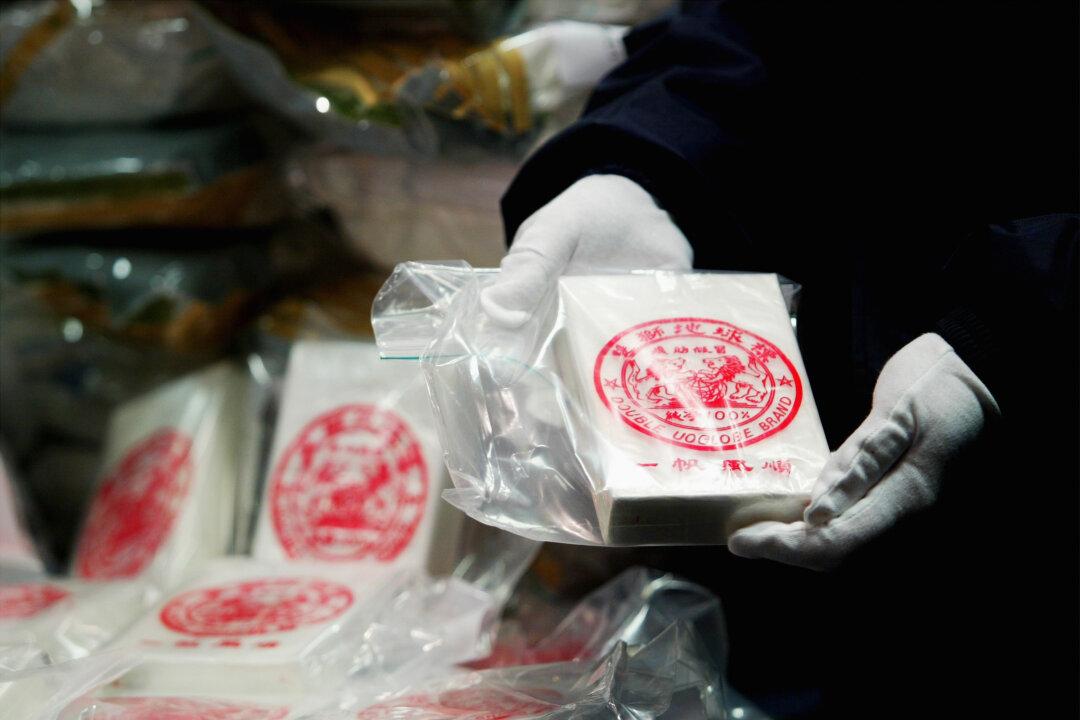Australia saw a fall in illegal drug consumption in the past year. However, the downward trend was unrelated to high living cost pressures, raising concerns about the impact of illicit drugs on household budgets amid tough economic conditions.
The Australian Criminal Intelligence Commission (ACIC) has released the latest wastewater analysis, which collected data from 58 wastewater plants across Australia, covering about 14 million people.





